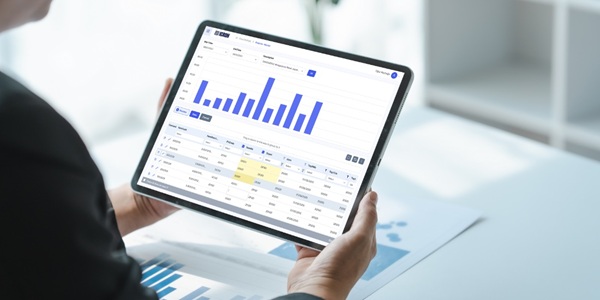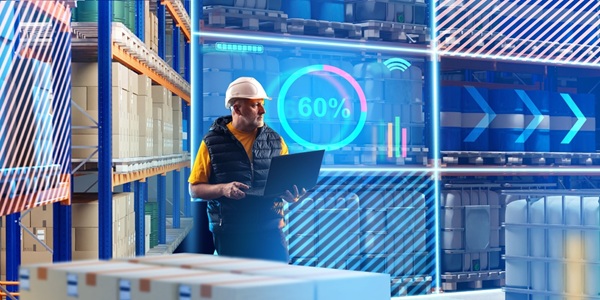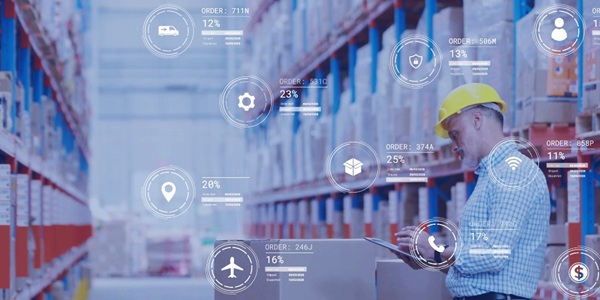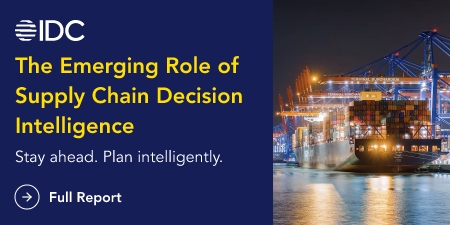
The S&OP professional of yesterday – proficient in spreadsheets and production scheduling – has given way to a new archetype: a strategic business partner who connects supply chain operations with enterprise strategy.
Such an evolution demands a new mindset, in which strategic vision trumps operational tunnel vision. This creates challenges and opportunities for organizations, with those that successfully adapt gaining significant competitive advantages in terms of agility and efficiency. It also means the caliber of talent required to lead S&OP functions will increase.
Those organizations that rise to the occasion will develop modern S&OP leaders who aren’t simply managing a process, but orchestrating a business strategy that hinges equally on sustainability, technology, and people.
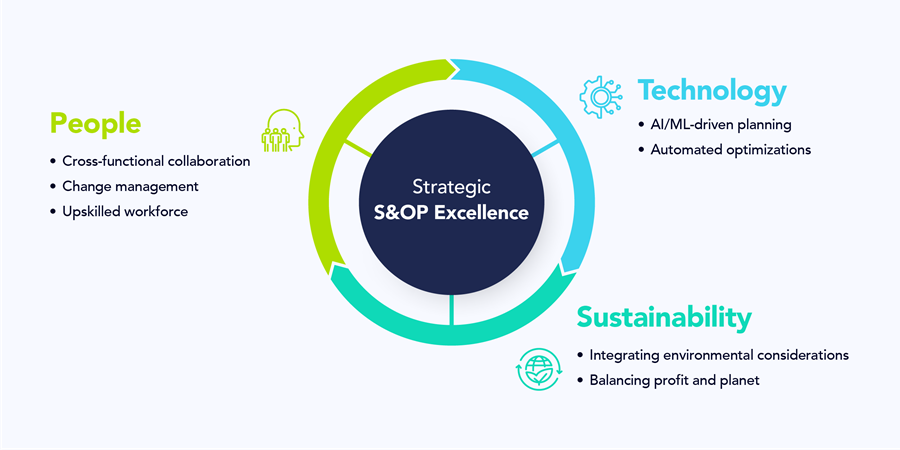
Sustainability as an S&OP Imperative
Beyond efficiency and profitability, sustainability has emerged as a critical dimension of modern S&OP processes, with 85% of consumers having shifted their purchasing behavior toward more sustainable options in the past five years. [1]
The data goes even further when considering a recent EY article, which reveals that an organization’s supply chain is responsible for as much as 90% of its greenhouse gas emissions and up to 70% of operating costs. [2]
This poses both ethical and business imperative for sustainable S&OP operations. By integrating environmental considerations (such as assessing carbon footprints, focusing on resource utilization, and leveraging circular economy principles) alongside traditional metrics like cost and service levels, organizations can balance supply and demand – as well as profit and planet – in their S&OP strategies.
AI and Machine Learning: Technological Catalysts for S&OP Evolution
The integration of artificial intelligence and machine learning into S&OP processes represents one of the most significant technological shift in the discipline’s history. [3]
These technologies enable predictive analytics that can:
- Foresee market shifts
- Identify operational bottlenecks
- Suggest optimization strategies based on patterns that human planners might miss
While predictive analytics remains foundational, AI’s role in S&OP does not revolve around d forecasting alone. For example, AI-driven S&OP solutions can also incorporate:
- Agentic AI services. Actively monitoring supply chain conditions and autonomously initiating planning adjustments when and if disruptions occur
- AI-enabled collaboration tools. Facilitating cross-functional planning by translating specialized terminology or highlighting interdependencies across departments
- Decision explainability features. Providing transparent reasoning for AI-produced recommendations, so you can build trust among planning teams
- Consensus planning capabilities. Taking inputs from multiple stakeholders and data sources to create comprehensive and holistic – and thus fully optimized – S&OP strategies
All told, AI-driven processes implemented as part of an overall S&OP strategy (as well as throughout the supply chain) can help businesses reduce costs and errors, avoid lost sales, improve product availability, and improve demand forecast accuracy. [4]
But technology alone isn’t the answer. Despite its importance, companies often overestimate the impact of technology and underestimate the power of human employees – especially in digital transformation initiatives.
Bridging the People Gap: The Missing Link in S&OP Transformation
One of the most common mistakes in S&OP transformation efforts is focusing exclusively on processes and technology while neglecting the human element. Process transformation without people transformation, however, is like fine-tuning your engine but ignoring your roadmap: you may have better machinery, but you’re still headed in the wrong direction.
In the context of people, the real challenge is changing how employees work together – meaning cross-functional collaboration and change management are the lifeblood of effective S&OP.
Many organizations establish dedicated digital transformation teams, but focus these teams narrowly on systems and processes. What’s missing is a concurrent focus on cultural transformation: changing not just what people do, but how they think about their roles and responsibilities.
The Change Management Challenge
Despite the clear benefits of elevating S&OP to a strategic function, many organizations struggle with implementation – so much so that a staggering 70% of digital transformation initiatives fail to achieve their objectives, with change resistance cited as a primary reason. [5]
The challenges typically stem from three areas:
-
Legacy mindsets. Established processes create comfort zones that are difficult to disrupt, even when they're demonstrably ineffective
-
Technological adoption barriers: New systems require new skills, creating anxiety or resistance among team members
-
Misaligned incentives: When different functions are measured and rewarded on conflicting metrics – or when employees don’t fully understand what success means for them on an individual level – collaboration becomes nearly impossible
These challenges are particularly acute in S&OP transformations because they require changes across multiple departments simultaneously.
This is particularly difficult in “the manufacturing and supply chain landscape” according to a McKinsey article. [6] However, with a “ committed and holistic approach to transformation,” companies can better positions themselves for change management success, so long as they rely equally on technology and people, rather than expecting technology to perform all of the legwork.
Actionable Strategies for Successful S&OP Transformation
Organizations seeking to elevate their S&OP capabilities can follow these five high-impact strategies.
1. Establish a Cross-Functional S&OP Council
Create a senior-level council that meets regularly to align S&OP activities with strategic objectives. This group should include leaders from sales, marketing, operations, finance, and product development, who together aim to break down functional silos.
To do so, consider scheduling monthly S&OP summits where departmental leaders present their plans in a transparent forum, with explicit discussion of trade-offs and interdependencies.
2. Deploy “Translators” Between Functions
Use “translators” – individuals who understand multiple functional areas and can bridge communication gaps between departments – as connective tissue in the organization, ensuring that technical teams understand commercial realities and vice versa.
In this context, translators should be high-potential employees with deep cross-functional experience. Part of their performance evaluations could be tied to improved cross-functional collaboration throughout the organization.
3. Create Transparency Through Visualization
Abstract data becomes meaningful when visualized, which means data literacy is key – as is the technology that fuels it.
Modern business intelligence tools can create dashboards that make S&OP performance visible to everyone in the organization, fostering a shared understanding of challenges and opportunities.
4. Develop Internal Change Champions
Initiatives with dedicated change champions are six times more likely to succeed than those without. [7] These champions are not necessarily senior leaders, but respected team members who can influence peers.
Consider identifying informal leaders within each functional area and providing them with special training and early access to new systems and processes. You should encourage them to provide feedback and suggestions that actually influence implementation.
5. Align Incentives with Collaborative Outcomes
A powerful lever for changing behavior involves revising how performance is measured and rewarded. When incentives for different functions conflict, for example, collaboration is nearly impossible.
Here, a redesigned bonus or incentive structure could include shared metrics that teams or departments can only achieve through cross-functional collaboration, ensuring that they win or lose together – and giving individuals a clear idea as to how they benefit from achieving a team goal.
Embracing the S&OP Revolution with ICRON
In the face of constant disruption – especially in the context of supply chain management – your S&OP process should focus on creating the capability to thrive amidst uncertainty.
Organizations that will lead in the coming decade aren’t necessarily those with the most resources or highest market share. They’ll instead be the ones that can most effectively align their capabilities with market opportunities. Such alignment is exactly what strategic S&OP enables.
By focusing on the cultural and human aspects of S&OP transformation alongside process and technology improvements, organizations can create sustainable competitive advantages that are difficult for competitors to replicate.
Reach out to learn how ICRON can help you set up an optimized S&OP strategy.
References
- https://www.businesswire.com/news/home/20211014005090/en/Recent-Study-Reveals-More-Than-a-Third-of-Global-Consumers-Are-Willing-to-Pay-More-for-Sustainability-as-Demand-Grows-for-Environmentally-Friendly-Alternatives
- https://www.ey.com/en_gl/insights/supply-chain/supply-chain-sustainability-2022
- https://kpmg.com/nl/en/home/insights/2024/04/supply-chain-trends-digital-shake-up.html
- https://www.mckinsey.com/capabilities/operations/our-insights/ai-driven-operations-forecasting-in-data-light-environments
- https://www.bcg.com/publications/2020/increasing-odds-of-success-in-digital-transformation
- https://www.mckinsey.com/capabilities/operations/our-insights/tech-enabled-transformations-three-supply-chain-success-stories
- https://www.prosci.com/blog/how-to-lead-change-management




